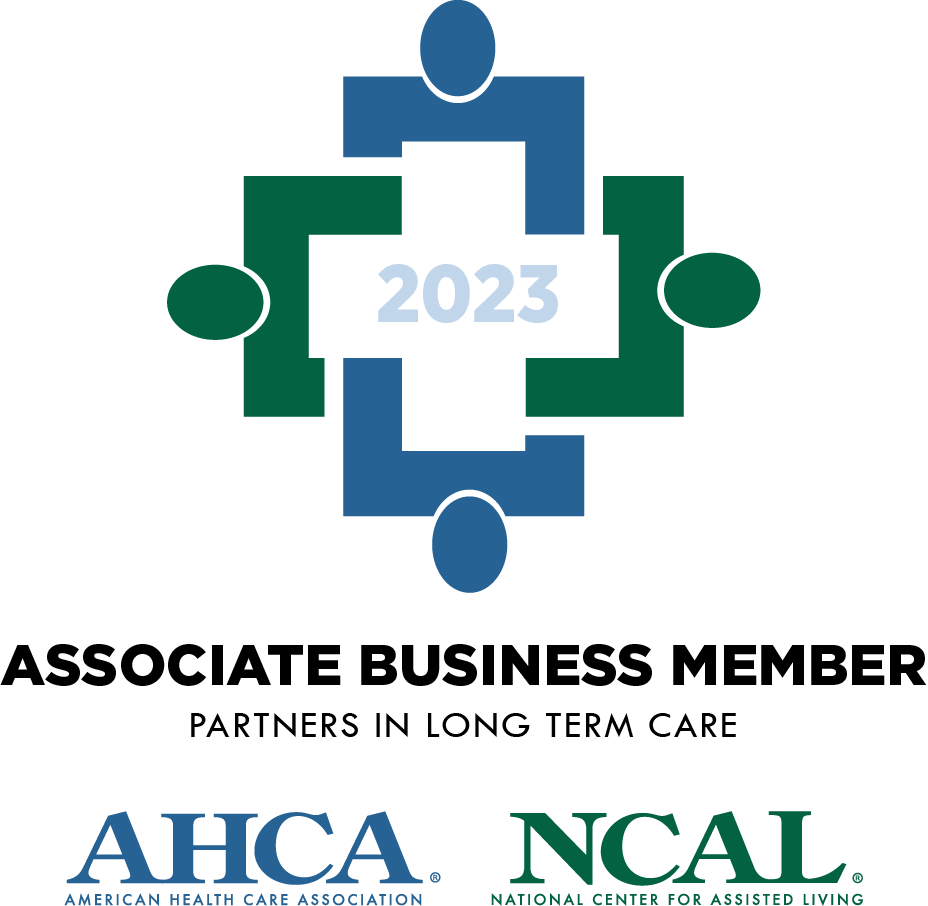A company inherited a Quality of Care Corporate Integrity Agreement (CIA) after acquiring a skilled nursing facility in 2015. In addition to the normal challenges faced when taking over a new building, the team also had additional oversight by federal monitors, and meet the many requirements of the CIA including the ability to create dashboards that track, analyze, and improve resident outcomes. Under these difficult circumstances, the facility needed the ability to collect, analyze, use, and explain clinical and operations data in real-time.
Overview
From Manual to Automated Data Collection and Analysis
Historically, staff used pen and paper or simple spreadsheets to collect and analyze clinical, financial, staffing, and compliance data. This led to inaccurate, incomplete, and sometimes outdated information. High staff turnover also made it challenging to maintain consistency as each staff member had their own way of doing things.
As a result, the SNF operators had limited visibility into their facility and resident outcomes and lacked actionable insights that would allow them to make changes to improve operations. Where data was available, operators could only see raw numbers and were unable to compare trends over time, explain the reasons behind the numbers, or accurately determine the effectiveness of changes on fiscal or resident outcomes.
The regulatory and compliance requirements placed additional pressure on the facility to track metrics such as falls, medication errors, pressure sores, unplanned hospital visits, functional decline, and signs or symptoms of depression. The SNF also needed to conduct root cause and trend analysis and demonstrate the actions they were taking to improve these outcomes.
To achieve these goals, the facility adopted the SNF Metrics dashboard that collected data from a single, accurate, and consistent source and displayed these metrics to decision-makers in real-time. Users could click-through data to view extremely granular levels of information and conduct root cause analysis. With this information, they could identify and implement changes and easily communicate their actions with federal monitors to demonstrate their commitment to correcting and improving outcomes for residents.
Challenges
- Inheriting the CIA placed additional strain on staff and resources during the acquisition of the long-term care facility.
- Limited data and analytics capabilities at the time of acquisition meant the facility was starting from scratch to address regulatory and CIA requirements.
- Staff turnover and a lack of uniformity in reporting meant any existing data was inconsistently tracked, measured, and stored, limiting its usefulness
- Manual data collection and entry meant a lot of pressure was placed on the staff when developing clinical dashboards.
- The data showed a “point-in-time” metric which didn’t answer the question “why?”
Solution
The facility identified the need for improved data and analytics capabilities for business intelligence data, SNF operations data, and clinical data.
Creating a Dashboard
The dashboard provided users with real-time visibility into critical metrics, trends, and resident outcomes to improve decision making and achieve and maintain SNF compliance requirements.
Automating Data Collection From a Single Source
The system drew clinical data from electronic medical records (EMRs) to ensure consistent, accurate, and timely information for users.
Providing Granular Data for Root Cause Analysis
Decision-makers could easily drill down to highly granular levels of data, such as the resident, caregiver, or time of day to identify the cause of issues and determine the best course of action.
Making Data Easy to Use and Communicate
Operators could easily communicate data and explain the underlying causes behind the numbers, the steps taken to address them, and the outcome of those actions.
Benefits
- The ability to identify the root causes of issues and take action led to substantial improvements in clinical and fiscal metrics across the board.
- The facility went from one of the lowest-performing buildings in the organization to one of the highest, with a dramatic reduction in complaints, negative survey results, and resident issues.
- Federal monitors and the OIG were extremely impressed with the facility’s ability to understand and analyze SNF operations and resident outcomes, as well as the steps taken to address issues.
- As a direct result of the platform’s capabilities and fiscal and clinical improvements made by the facility, the CIA was completed in only four instead of five years; a nearly unprecedented achievement in the industry.
Results
- Operators noticed that a high number of falls occurred under the care of a single staff member. Through root cause analysis and interviews with staff, they identified that she was overburdened with difficult cases. The facility was able to redeploy staff to evenly spread the workload, and the number of falls decreased significantly as a result.
- Fall data in the month of February had increased substantially compared to January. Through root cause analysis the operators were able to demonstrate that one resident accounted for the majority of these falls and explain how their environment and care had been adjusted. Data from March showed significant improvements, and federal monitors were impressed with the facility’s ability to explain these outcomes and take corrective action.
- Federal monitors wanted the facility to demonstrate that they were able to self-analyze, self-correct, and improve outcomes for residents. The platform made it easy to identify issues, implement new approaches, and communicate the impact of these changes to federal monitors, leading to an accelerated timeline for SNF compliance.
To learn more about the SNF Metrics Platform and how it might help you and your organization to find focus in the chaos, schedule a demo or call (732) 836-8300.







